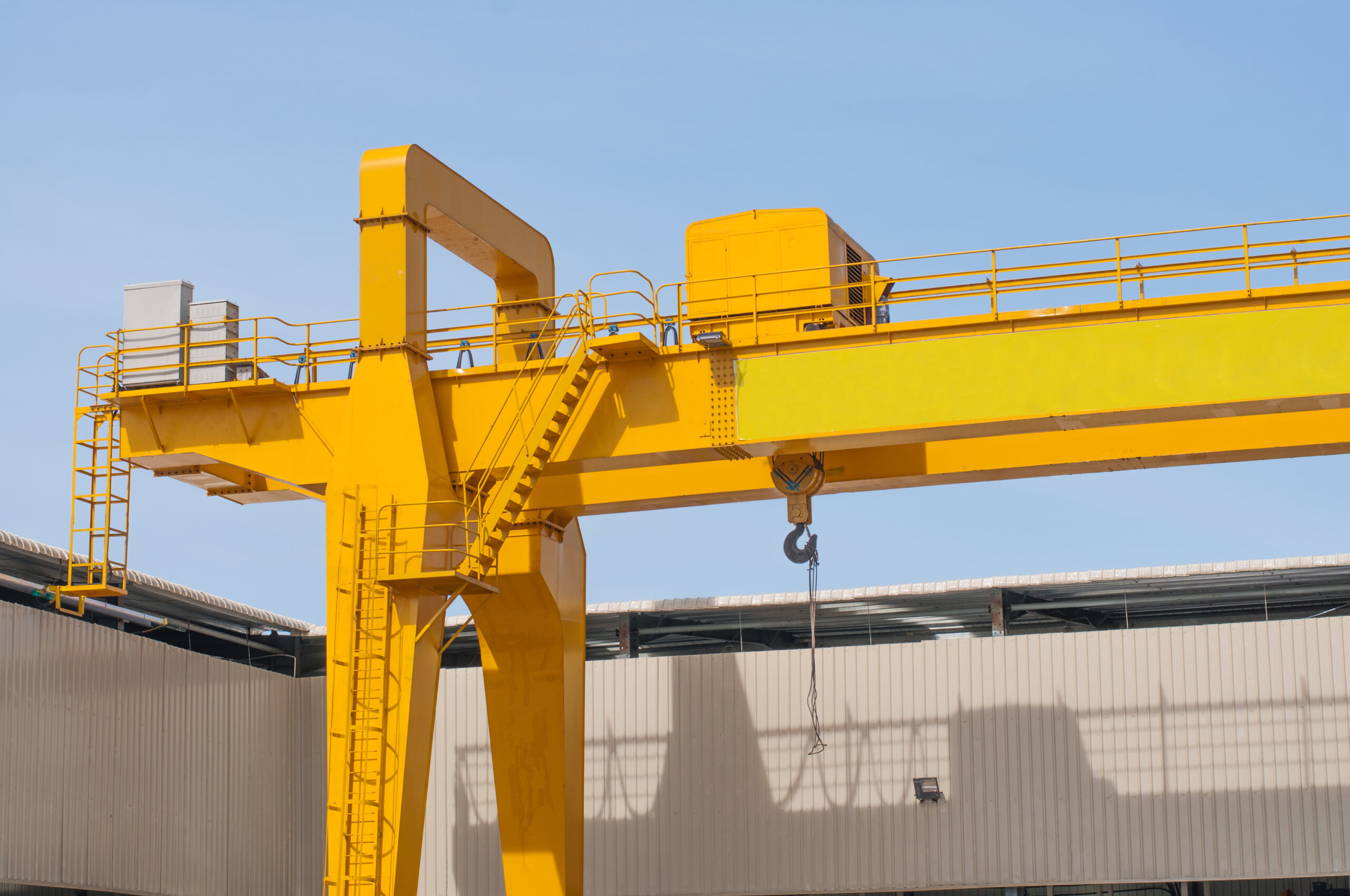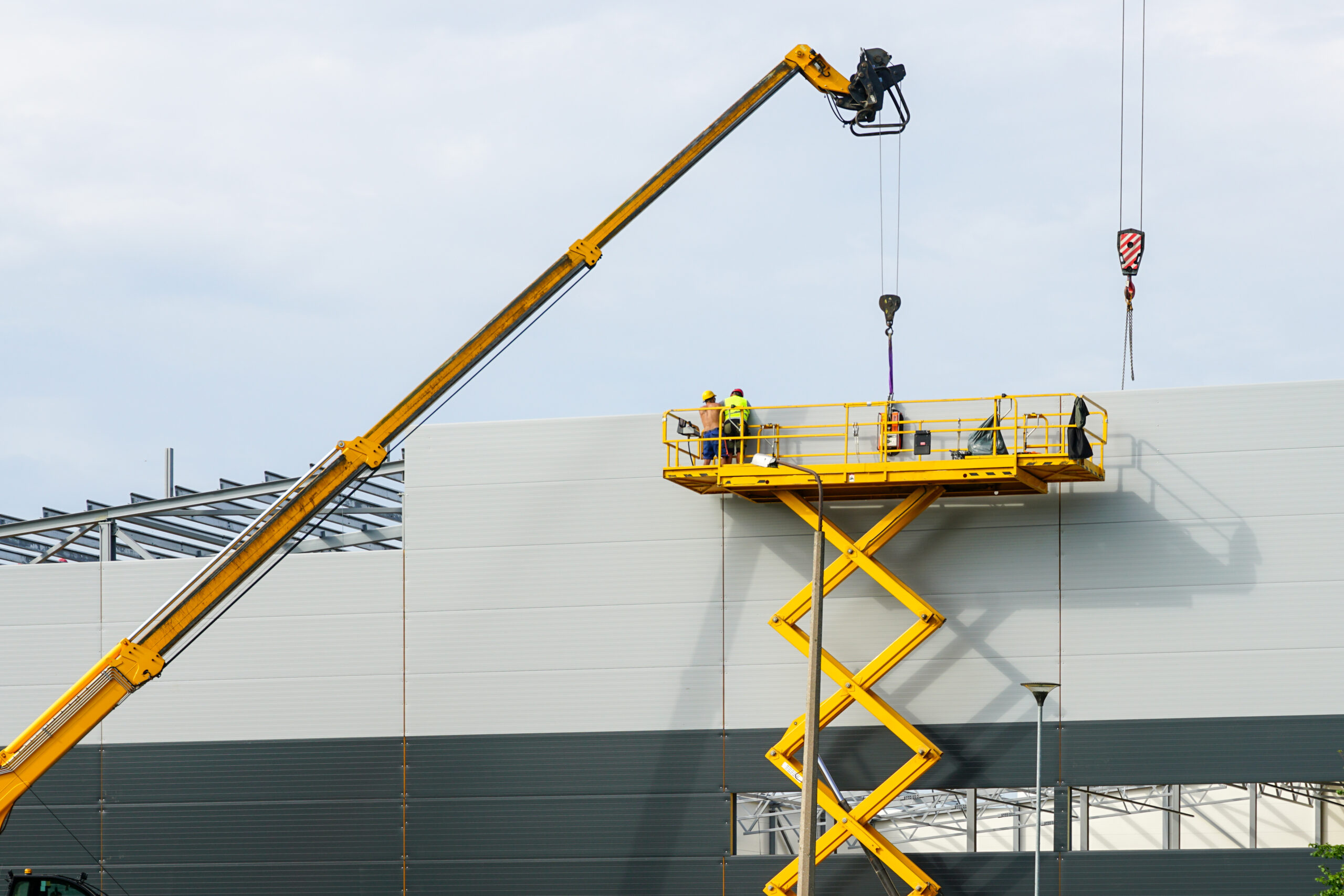How to Read a Crane Load Chart: Your Guide to Smart, Safe Lifting in 2024
When it comes to crane operations, understanding how to read a crane load chart is essential. Whether you’re a seasoned contractor or a new project manager in Kenosha, Wisconsin, this guide will help you navigate these critical charts with confidence. In 2024, with construction projects booming across the region, knowing how to interpret a crane load chart is not just about safety—it’s about maximizing efficiency and staying ahead in a competitive market.
What is a Crane Load Chart, and Why Does It Matter?
A crane load chart is more than just a piece of paper with numbers. It’s a vital tool that ensures the safety and success of lifting operations. Each crane model has its own specific load chart, which details how much weight the crane can safely lift at different angles and boom lengths. Misreading this chart can lead to dangerous situations, including crane tip-overs or dropped loads. In 2024, with the increasing complexity of construction projects, being adept at reading these charts is more crucial than ever.

Key Elements of a Crane Load Chart
Understanding the different parts of a crane load chart is the first step in using it effectively. Let’s break down the key elements:
- Gross Capacity: This is the maximum load the crane can lift at a specific boom length and angle.
- Radius: The distance from the crane’s center pin to the load.
- Boom Length: The length of the crane’s boom at the time of the lift.
- Load Capacity for Specific Configurations: Adjustments for various attachments or extensions.
By mastering these components, you can better plan your lifts and avoid potential hazards on the job site.
The Importance of Radius in Crane Load Charts
One of the most critical factors on a crane load chart is the radius, which is the distance from the crane’s center pin to the load. As the radius increases, the crane’s lifting capacity decreases. In Kenosha’s tight construction spaces, understanding how to calculate and adjust for the radius can make or break a project. For instance, lifting a heavy load close to the crane may seem easy, but extending the boom to lift the same load further away requires a careful check of the crane load chart.
Real-World Example: Navigating Kenosha’s Urban Landscape
Imagine you’re working on a new commercial development in downtown Kenosha. The area is congested, and the crane needs to operate close to existing structures. Here’s how understanding the radius can save the day:
- Short Radius Lifts: When the load is close to the crane, the chart will show a higher lifting capacity. However, in tight urban environments, even small radius changes can have a big impact on safety.
- Long Radius Lifts: As you extend the boom, the load capacity decreases significantly. Being aware of this from the start ensures you can adjust the crane’s position or the load to stay within safe limits.
Boom Length: How It Affects Your Lifting Plan
The boom length is another crucial factor detailed in the crane load chart. In 2024, with advanced cranes offering longer and more adjustable booms, understanding this element is key to executing complex lifts. The boom length directly affects the crane’s lifting capacity, with longer booms generally reducing the weight the crane can safely handle.
Example: Crane Operations in Kenosha’s Expanding Industrial Sector
Let’s say you’re tasked with moving heavy machinery for a new factory in Kenosha. The machinery is bulky, requiring a crane with an extended boom to reach over other equipment. Here’s what to consider:
- Boom Length Adjustments: Check the crane load chart for the exact boom length required. Even a slight overestimation could reduce your lifting capacity below the machinery’s weight.
- Safety Margins: Always plan for a margin of error. In Kenosha’s growing industrial areas, where space is limited, this margin becomes even more critical.
Understanding Load Capacity Modifications
Modern cranes, including those you might use in Kenosha, often come with various attachments like jibs or additional counterweights. These modifications can significantly change the load capacity, which is clearly detailed on the crane load chart. Not taking these modifications into account can lead to overloading and accidents.
Pro Tip: Planning for Attachments in 2024
With construction technologies evolving in 2024, attachments are becoming more versatile. However, each attachment comes with its own set of load capacity adjustments. Here’s how to stay ahead:
- Consult the Chart: Before adding any attachment, always consult the crane load chart. The chart will have a separate section detailing how each attachment affects lifting capacity.
- Plan for Versatility: In a dynamic environment like Kenosha’s construction sites, being versatile with crane attachments can be a game-changer. But always ensure your lifting plan accommodates the adjusted capacities.
Common Mistakes to Avoid When Reading a Crane Load Chart
Even seasoned professionals can make mistakes when interpreting a crane load chart. Here are some common pitfalls to watch out for:
- Ignoring the Radius: Always check how the radius impacts the load capacity.
- Overlooking Boom Length: Never assume the crane’s capacity without checking the exact boom length in use.
- Forgetting About Modifications: Attachments and extensions are great, but they change the game. Always adjust your calculations accordingly.
Avoiding these mistakes ensures that your operations in Kenosha run smoothly and safely, even as project demands grow in 2024.
Why Choosing the Right Crane Matters
In Kenosha’s fast-paced construction scene, choosing the right crane for your project can save time, money, and lives. When you understand how to read a crane load chart, you’re better equipped to select the crane that meets your specific needs.
Final Thoughts: Making Smart Lifting Decisions in 2024
As we look ahead to 2024, the importance of crane load charts cannot be overstated. With the construction industry continuing to evolve, especially in areas like Kenosha, having the knowledge to read and interpret these charts is a vital skill. Whether you’re involved in industrial, commercial, or residential projects, understanding crane load charts will help you plan safer, more efficient lifts.
If you’re in the Kenosha area and need expert advice or services related to crane operations, don’t hesitate to reach out to American Erecting & Ironworks. Our team is ready to assist with all your crane rental, machinery moving, and steel erection needs, ensuring your project’s success from start to finish.





